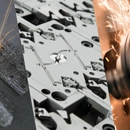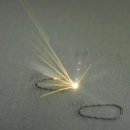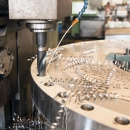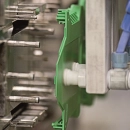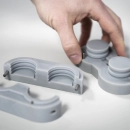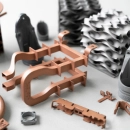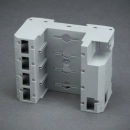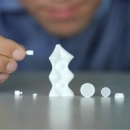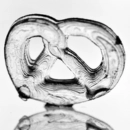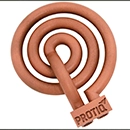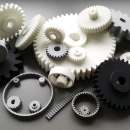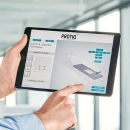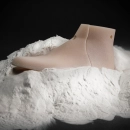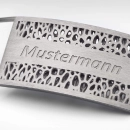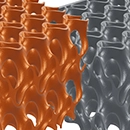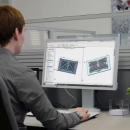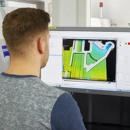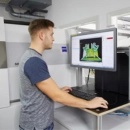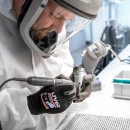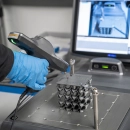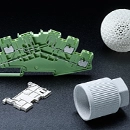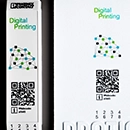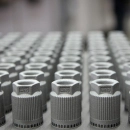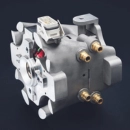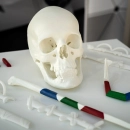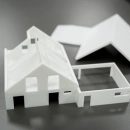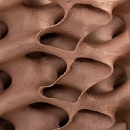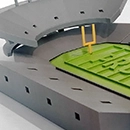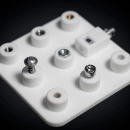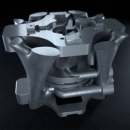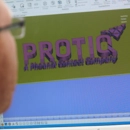Jetting
Jetting is an advanced 3D printing technique in which materials are applied drop by drop to create complex parts layer by layer. A well-known example of the jetting process is PolyJet technology, which is best known for its ability to produce high-resolution, detailed models with smooth surfaces and complex geometries.
In the jetting process, small droplets of printing material, often photopolymer resins, are sprayed onto the build platform via print heads. These print heads are similar to those in inkjet printers and work with high precision. After application, the material is immediately cured using UV light, which speeds up the printing process and ensures that the printed layers become solid immediately.
An outstanding advantage of the jetting process is the ability to use multiple materials and colors simultaneously within a single print. This enables the production of components with different mechanical properties or colors that are integrated in a single print run. This makes the process particularly suitable for applications that require complex and functional prototypes.
In addition, the jetting process is characterized by high accuracy and fine details, which make it possible to realize filigree components and smooth surfaces with minimal post-processing. The fast curing and precise droplet application contribute to the production of components with exquisite dimensional accuracy.
The jetting process is particularly in demand in product development, the consumer goods industry and medical technology, where accurate prototypes and the integration of multifunctional components are crucial. It offers an innovative and efficient solution for the production of complex and high-quality 3D printed objects.



 Deutsch
Deutsch English
English Italiano
Italiano